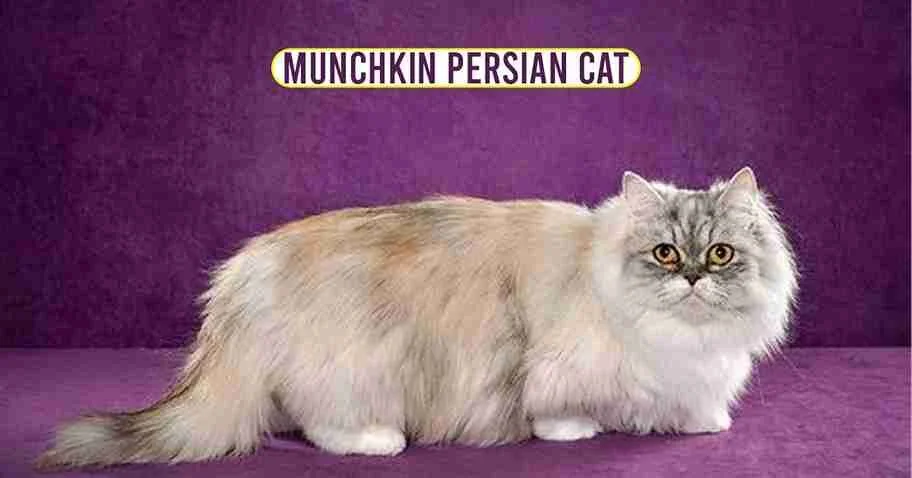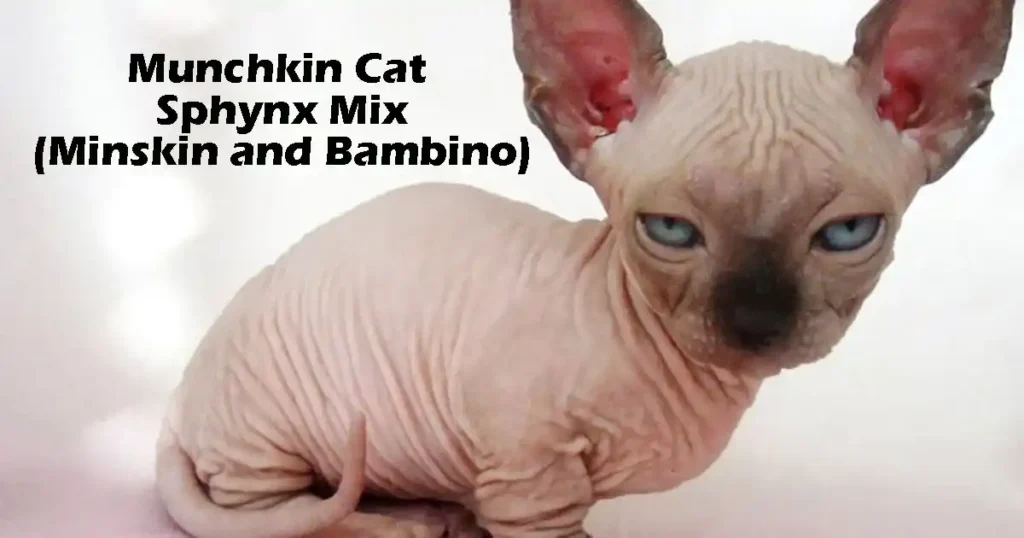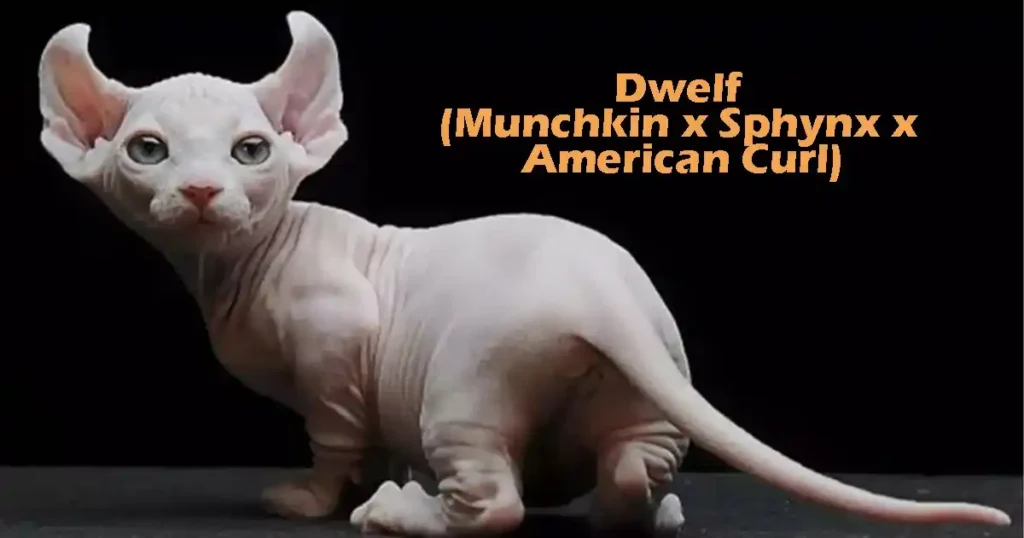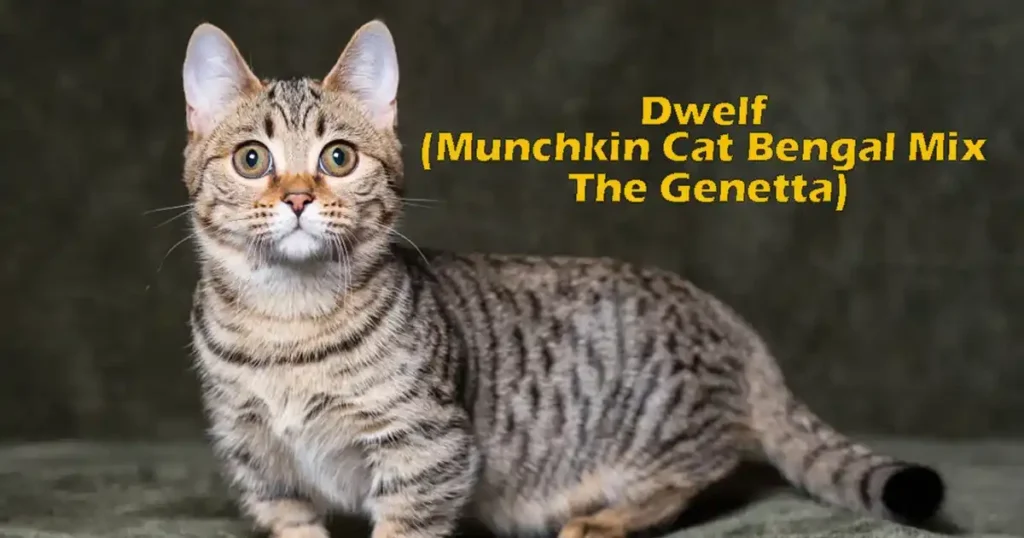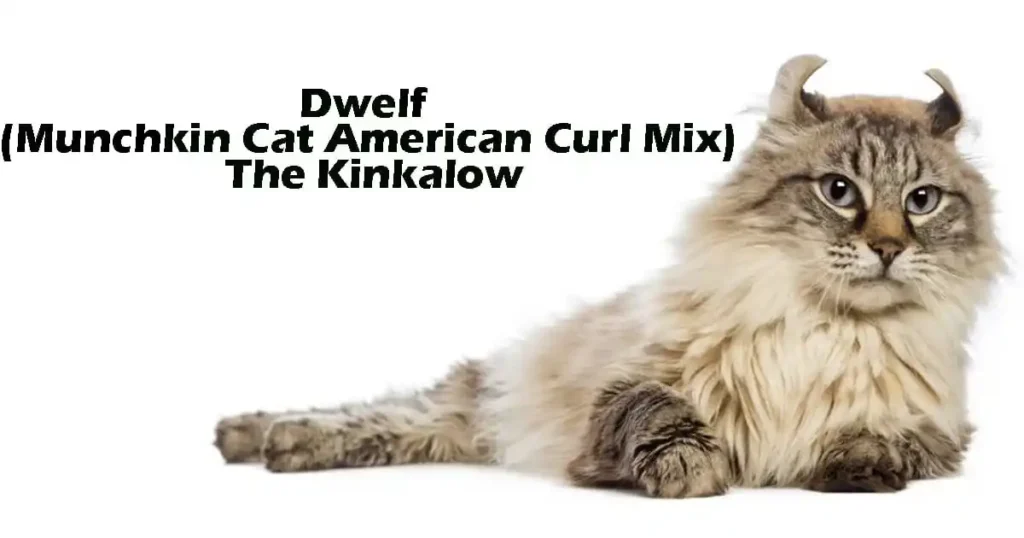Persian cats are one of the most popular and recognizable cat breeds in the world, known for their luxurious long fur, sweet personalities, and distinctive flat faces. Below is a comprehensive overview of Persian cats, including their history, characteristics, care requirements, and health considerations.
Owning a Persian cat requires commitment and care. Their luxurious coat needs daily grooming to stay healthy and tangle-free and their flat faces make them prone to specific health issues. Despite these needs, their gentle temperament and loving personality make them ideal companions for families, singles, and seniors alike. Whether you are considering adopting a Persian cat or already have one understanding their needs is essential for a happy relationship.
In this guide we will explore everything you need to know about Persian cats. From their history, physical traits, and grooming requirements to their diet health concerns and adoption tips this article has it all. Dive in to learn how to give your Persian cat the care and love they deserve.
Everything You Need to Know About Persian Cats: Traits, Care and Why They’re Irresistible
Persian Cats are the epitome of feline elegance, known for their long, luxurious coats, sweet faces, and calm, affectionate personalities. Originating from Persia (modern-day Iran), these cats have been cherished for centuries as symbols of beauty and grace. With their gentle nature and love for lounging, Persian Cats make wonderful companions for those who enjoy a relaxed and quiet home environment.
However, their stunning fur requires regular grooming to keep it tangle-free and healthy. Whether you’re drawn to their striking looks or their loving demeanor, Persian Cats are sure to bring joy and charm to any household. Let’s dive into what makes this breed so special and how you can care for your Persian Cat like a pro.
Persian Cat: Guide for Owners and Enthusiasts
Persian cats are among the most beloved feline breeds worldwide, known for their luxurious coats, unique faces, and calm personalities. Whether you’re considering adopting a Persian cat or already have one as part of your family this guide covers everything you need to know about their care traits and more.
Persian cats are one of the most iconic and beloved cat breeds, known for their luxurious long fur, sweet disposition, and regal appearance. These cats are easily recognized by their round faces, flat noses (known as brachycephalic features) and large expressive eyes that often exude a calm and loving demeanor.
Persian cats are more than just pets they are companions that bring joy and warmth to any home. If you’re ready to discover everything about these majestic felines, continue reading for a detailed guide that will help you become the best Persian cat owner you can be.
- History: Persian cats trace their origins to ancient Persia and have been loved worldwide for centuries.
- Appearance: Known for their flat faces, long fur, and diverse coat colors.
- Personality: Calm, affectionate, and adaptable to various home environments.
- Grooming Needs: Daily brushing and regular bathing are crucial.
- Health Concerns: Common issues include respiratory problems and polycystic kidney disease.
- Diet: High-quality, protein-rich food supports their coat and overall health.
- Adoption: Responsible adoption involves choosing reputable breeders or shelters.
History and Origin
Persian cats have a long and storied history, believed to have originated in Persia (modern-day Iran) and Turkey. They were introduced to Europe in the 17th century by Italian traveler Pietro della Valle, who brought them to Italy.
From there, they gained popularity among European nobility, including Queen Victoria of England, who adored the breed. Persian cats were later brought to North America in the late 19th century, where they became one of the first pedigreed cat breeds recognized by the Cat Fanciers’ Association (CFA) in 1906.
Personality Traits of the Persian Cat
The Persian Cat is famous for its calm, gentle, and loving personality, making it a perfect fit for a relaxed and peaceful home. These cats are naturally sweet-natured and enjoy spending their time lounging around, often seeking out cozy spots to nap or simply be near their favorite humans. While they may not be the most playful or adventurous breed, Persian Cats are incredibly loyal and form deep bonds with their owners, often following them around just to stay close.
Their quiet and affectionate demeanor makes them ideal companions for families, seniors, or anyone looking for a low-energy, cuddly pet. With their serene personality and stunning looks, it’s no wonder Persian Cats are one of the most adored breeds in the world.
- Affectionate and Loving
- Persian Cats are known for their warm and loving nature.
- They enjoy cuddling and form strong bonds with their human companions.
- Calm and Easygoing
- This breed is quiet and laid-back, preferring a serene environment.
- They adapt well to indoor living, making them ideal for apartments.
- Regal and Dignified
- Persian Cats exude grace and elegance, often carrying themselves with a noble demeanor.
- Despite their royal attitude, they are approachable and sweet-natured.
- Low Energy but Playful
- While not as active as some breeds, Persian Cats enjoy short play sessions.
- They appreciate interactive toys and gentle games.
- Sociable Yet Independent
- Persian Cats enjoy human interaction but also value their alone time.
- They’re sociable with family members but may be reserved with strangers.
A Brief History of Persian Cats
Persian cats have a rich history dating back to ancient Persia (modern-day Iran). They were first introduced to Europe in the 1600s by travelers. These cats quickly gained popularity among royalty and nobility due to their distinctive appearance and gentle demeanor.
- Origins in Persia and introduction to Europe in the 17th century.
- Selective breeding enhanced their flat faces and lush coats.
- Recognized by cat fancier associations worldwide.
- Played a significant role in early cat shows.
- Symbol of elegance and luxury throughout history.
Persian cats’ legacy as a prestigious breed makes them a favorite among feline enthusiasts.
Physical Characteristics of Persian Cats
Persian cats are renowned for their distinctive features that set them apart from other feline breeds. Their stunning appearance combines elegance with a regal charm, making them one of the most visually appealing cats in the world.
- Appearance: Persian cats are medium to large-sized with a sturdy, muscular body, short legs, and a broad, round face. Their most distinctive feature is their flat face (peke-face), though some breeders now focus on the “doll-face” Persian, which has a more traditional, less extreme facial structure.
- Coat: They have a long, thick, and silky double coat that comes in a wide variety of colors and patterns, including solid, tabby, bicolor, and Himalayan (pointed).
- Eyes: Their large, round eyes are expressive and can be copper, blue, green, or odd-eyed, depending on their coat color.
Their charming appearance makes them one of the most instantly recognizable breeds.
Personality and Temperament
Persians are gentle, affectionate, and laid-back. They enjoy lounging in cozy spots, often preferring a calm and quiet environment. These cats are not particularly energetic or playful but appreciate soft interactions like petting or being brushed. They form strong bonds with their owners and are known for their loyalty and loving nature.
Key Traits:
- Gentle and affectionate, they enjoy being around their owners.
- Quiet demeanor; they rarely meow loudly.
- Low-energy breed, preferring lounging to climbing.
- Adaptable to various home environments.
- Tolerant of children and other pets when introduced properly.
Persian cats are perfect for those seeking a loving and tranquil pet.
Grooming Needs and Maintenance
Grooming is an essential part of caring for a Persian cat. Their luxurious, long coats are prone to tangling and matting, making regular upkeep crucial for their comfort and appearance. Proper grooming also ensures the cat stays healthy and free from skin issues.
Essential Care Tips for Persian Cats
1. Grooming and Maintenance
- Daily Brushing: Their long, dense fur requires daily grooming to prevent matting.
- Bathing: Regular baths, every 4-6 weeks, help maintain their coat’s cleanliness and shine.
- Eye Care: Persian Cats are prone to tear staining; wipe their eyes daily with a damp cloth.
2. Diet and Nutrition
- Provide high-quality, protein-rich cat food tailored to their needs.
- Avoid overfeeding, as they are prone to obesity.
3. Health Monitoring
- Schedule regular vet visits to check for common health issues, including:
- Respiratory problems due to their flat faces.
- Kidney disease (common in the breed).
- Ensure vaccinations and parasite prevention are up-to-date.
4. Exercise and Enrichment
- Use toys, scratching posts, and climbing structures to keep them mentally and physically stimulated.
- Short but engaging play sessions are best for their energy level.
5. Creating a Comfortable Space
- Persian Cats thrive in clean, quiet, and cozy environments.
- Provide soft bedding and maintain a tidy litter box.
Grooming Tips:
- Brush daily to prevent matting and tangles.
- Bathe every 4–6 weeks with feline-safe shampoo.
- Clean their eyes regularly to avoid tear staining.
- Trim nails and check ears for buildup weekly.
- Provide a balanced diet to maintain coat shine.
- Grooming: Persian cats require daily brushing to keep their coats tangle-free and to minimize shedding. Regular grooming also helps prevent hairballs.
- Eye Care: Their flat faces often lead to tear staining, so cleaning their eyes with a damp cloth is necessary.
- Diet: A high-quality diet suited to their needs helps maintain their overall health and coat condition.
- Regular Veterinary Checkups: Persians can be prone to certain health issues, such as breathing difficulties, dental problems, and kidney disease, so routine vet visits are essential.
Health Issues in Persian Cats
Due to their brachycephalic features, Persian cats may experience breathing problems and sensitivity to heat. They are also prone to polycystic kidney disease (PKD), so potential owners should ensure they adopt from responsible breeders who screen for genetic conditions.
Persian cats are prone to certain health conditions due to their physical traits. Early detection and care can prevent complications.
Common Health Concerns:
- Polycystic kidney disease (PKD).
- Respiratory issues due to their flat faces.
- Eye infections and discharge.
- Dental problems.
- Obesity from a sedentary lifestyle.
Regular veterinary check-ups are crucial to keeping your Persian cat healthy.
Diet and Nutrition
A proper diet is essential for a Persian cat’s overall health and fur quality. Provide a balanced diet that meets their specific needs.
A consistent grooming routine not only enhances your Persian cat’s beauty but also contributes to their overall health and happiness. Taking the time to groom them properly will strengthen your bond and keep your feline companion looking and feeling their best.
Recommended Foods:
- High-quality dry and wet cat food.
- Protein-rich meals with chicken, fish, or turkey.
- Omega-3 fatty acids for a healthy coat.
- Fresh water available at all times.
- Avoid milk, as many cats are lactose intolerant.
Feeding your Persian cat the right food supports their longevity and vitality.
Persian Cats vs. Other Breeds
| Feature | Persian Cats | Maine Coon | Siamese Cats |
| Grooming Needs | High | Moderate | Low |
| Personality | Calm and Affectionate | Playful and Loyal | Vocal and Social |
| Size | Medium | Large | Medium |
| Common Health Issues | Respiratory, Eye Problems | Hip Dysplasia | Kidney Issues |
| Activity Level | Low | High | Moderate |
Why Choose a Persian Cat?
- Stunning Appearance: Their fluffy coats and adorable flat faces are irresistible.
- Companionship: Persian Cats are devoted pets, offering endless love and loyalty.
- Low-Maintenance Temperament: Their calm and quiet nature suits relaxed households.
- Perfect for Indoors: Persian Cats are content with indoor living, making them ideal for apartments or houses.
Popularity and Cultural Impact
Persian cats have been adored by historical figures and have appeared in popular culture, such as in James Bond films and as the Fancy Feast mascot. Their timeless appeal continues to make them one of the most sought-after cat breeds worldwide.
FAQs
1. Do Persian Cats require a lot of grooming?
Yes, daily brushing is necessary to maintain their coat and prevent tangles.
2. Are Persian Cats good with children and other pets?
Yes, their gentle temperament makes them suitable for families with children and other pets.
3. What health issues are common in Persian Cats?
They are prone to respiratory problems, tear staining, and kidney diseases. Regular vet care is crucial.
4. Are Persian Cats vocal?
Persian Cats are generally quiet, with soft, melodious meows.
5. How long do Persian Cats live?
With proper care, Persian Cats typically live 12-16 years.
Conclusion
Persian cats are a regal, affectionate, and low-energy breed that makes an excellent companion for those willing to invest time in grooming and care. Their unique appearance and gentle personality have cemented their place as one of the most beloved cat breeds. If you’re considering adding a Persian cat to your family, ensure you source from a reputable breeder or consider adopting from a rescue organization.
